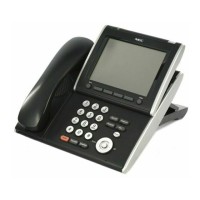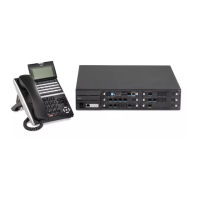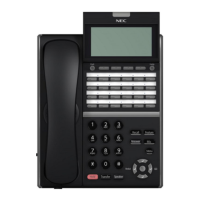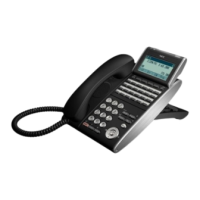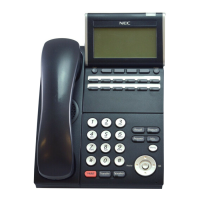Issue 3.0
4-82 Installing the SV9100 Blades
5.7.1 Description
The GCD-4ODTA Tie Line blade is an out band dial type analog tie line
interface blade. This blade supports system connections to either 2-wire
(four lead, tip/ring) or 4-wire (six lead, tip/ring/tip 1/ring 1) E&M signaling tie
lines (determined in Program 10-13). System programming is used also to
select the connection types with Type I or Type V. The GCD-4ODTA
consumes four ports ranging between ports 001~400 (SV9100). Each blade
requires one universal slot and provides:
Four analog 4-circuit tie line interfaces
Two Blade status LEDs
One switch per circuit to determine the circuit type
Refer to the following tables for maximum upgrade capacities of the
GCD-4ODTA blade:
Table 2-6 SV9100 Maximum 9.5” Gateway and 19” System
Capacities – Blades on page 2-12
Table 2-7 SV9100 Maximum 9.5” Base and Expansion System
Capacities – Blades on page 2-14
5.7.2 Installation
Install the GCD-4ODTA into a slot in the chassis.
Limitation depends on the connecting Router,
Multiplexer or Exchange. If the UNIVERGE SV9100 is
connected to another UNIVERGE SV9100 directly,
there is up to 1,500 ohms loop resistance (including
system).
❍ When a router or multiplexer is connected instead of a
trunk, the SG terminal of the router or multiplexer must be
connected to the FG grounding terminal on the
UNIVERGE SV9100 chassis. When a tie line trunk is
connected, the FG terminal must be connected to the
ground. If the FG terminal is not connected correctly, the
signal may fail.
❍ When tie lines are connected to the system, be careful of the
Tip and Ring polarity.
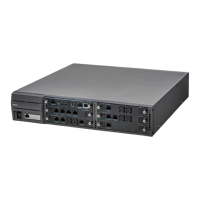
